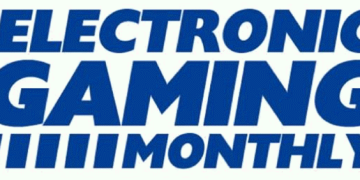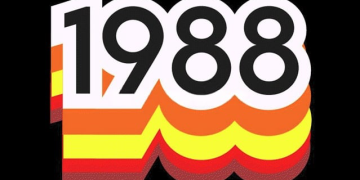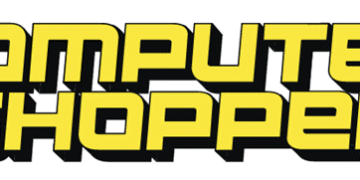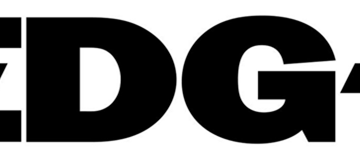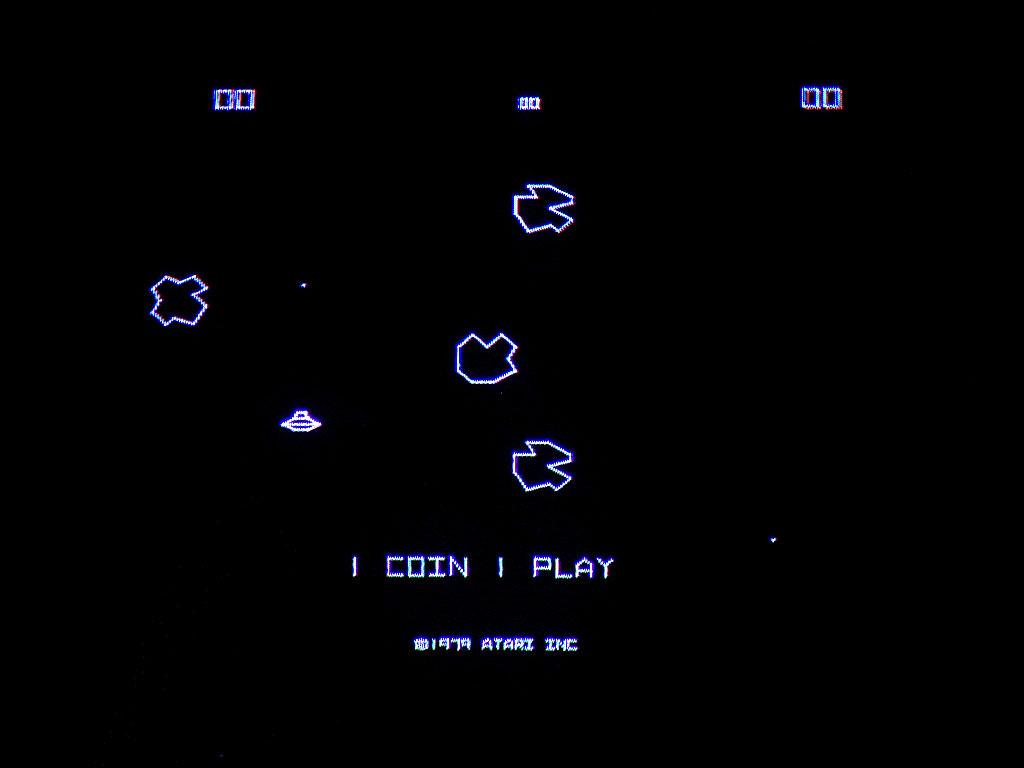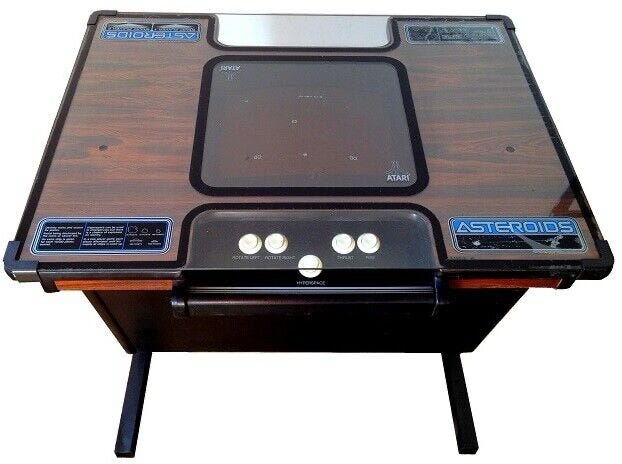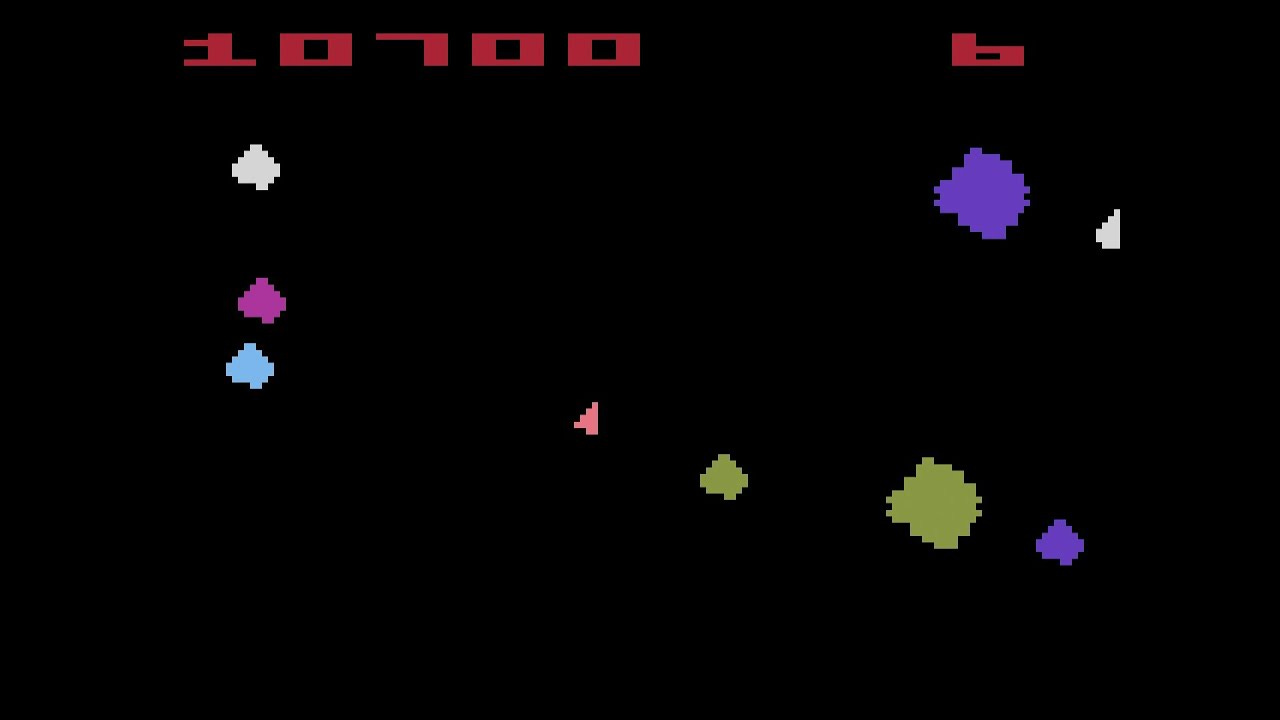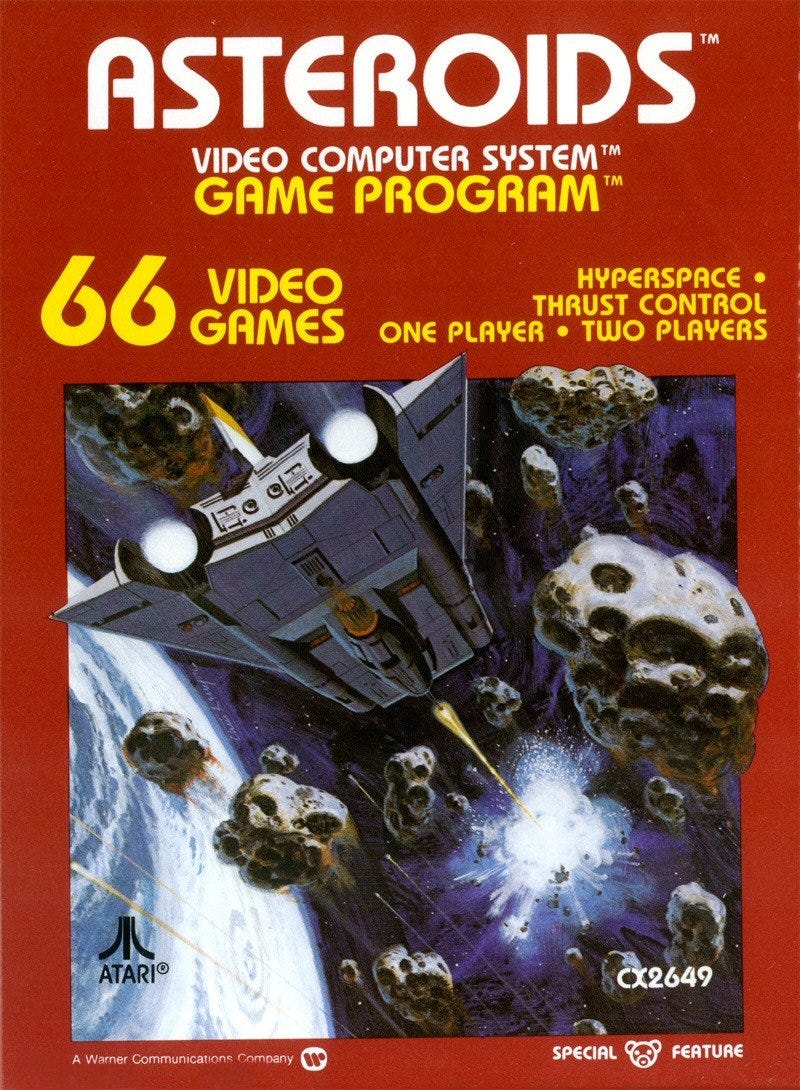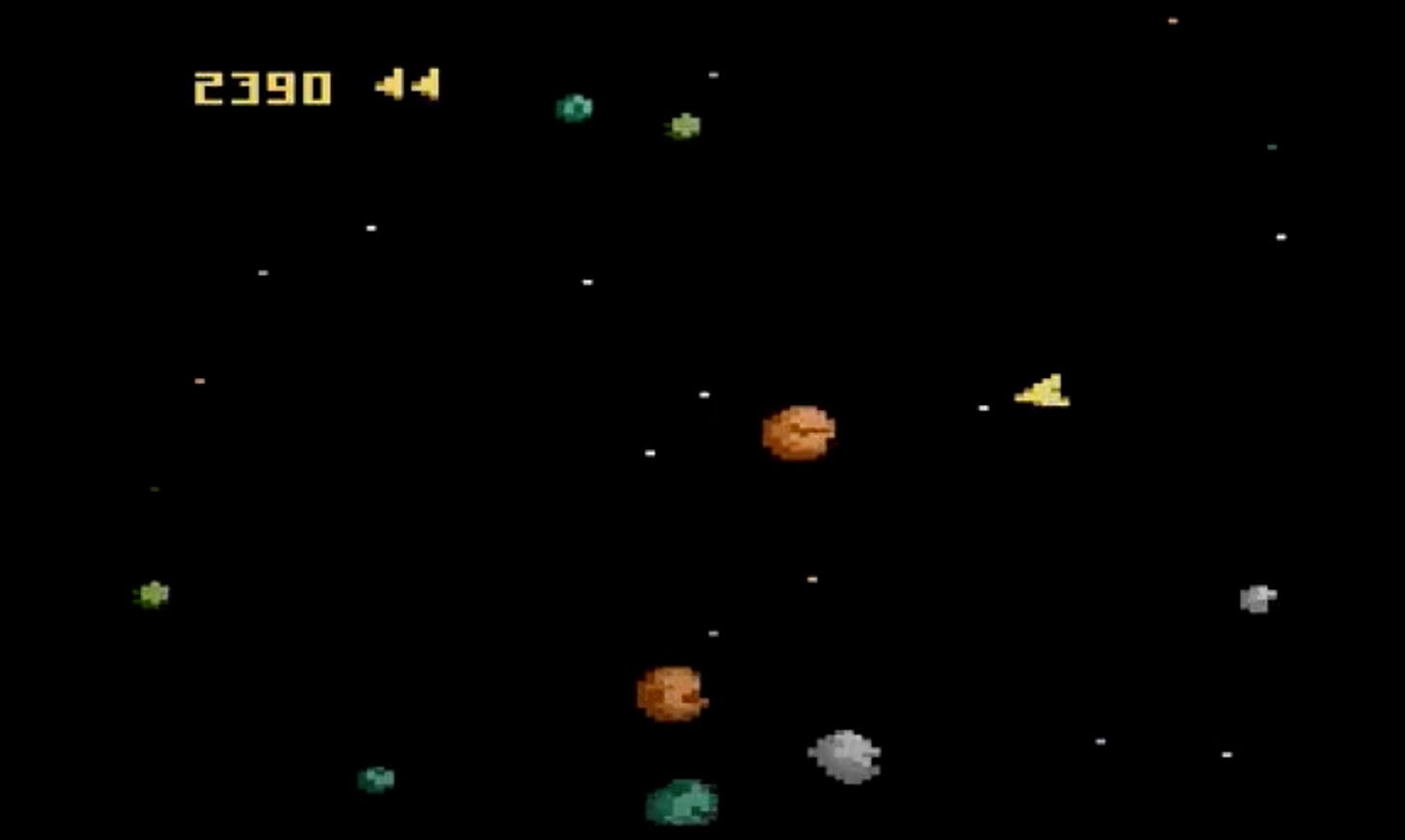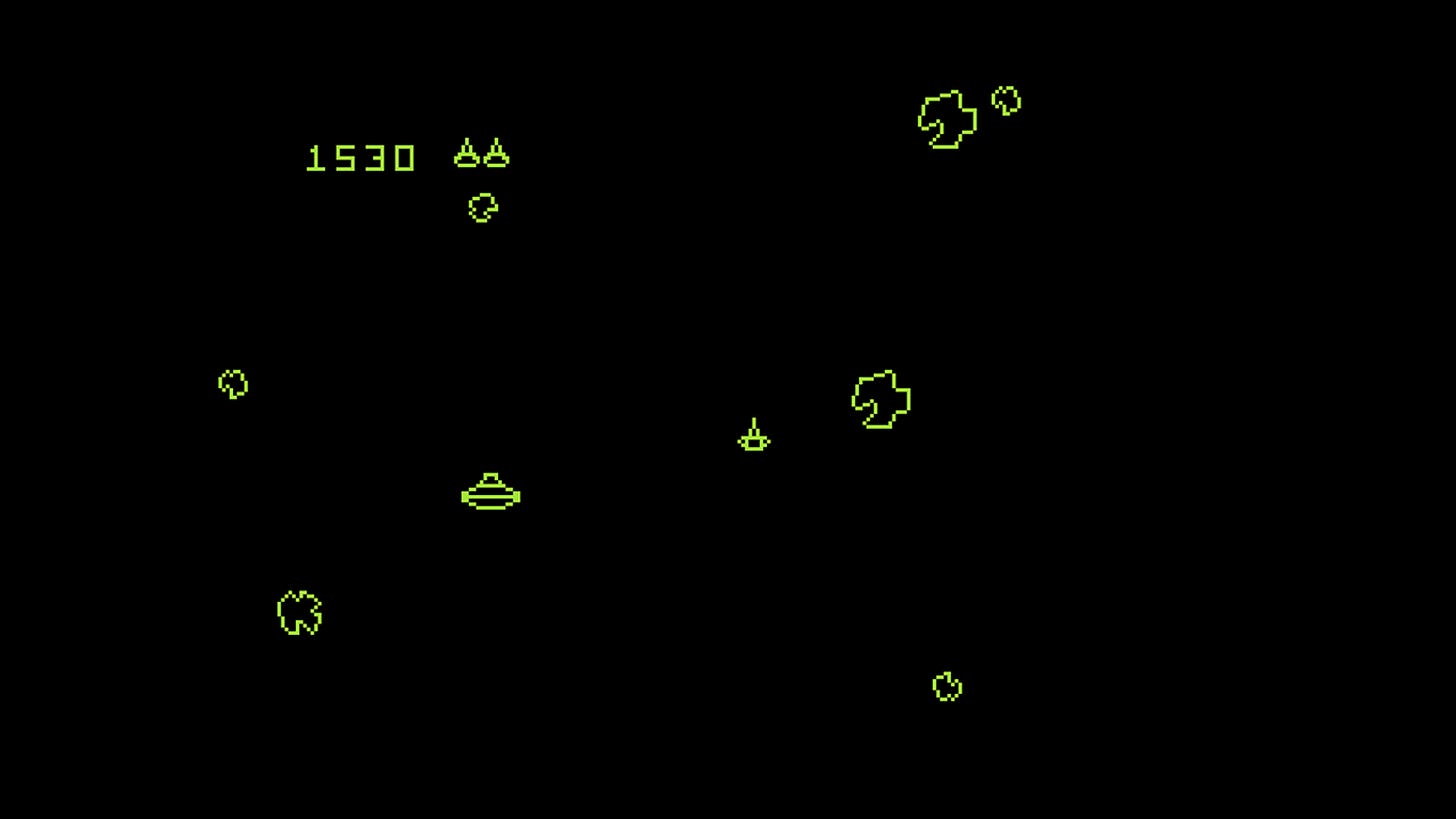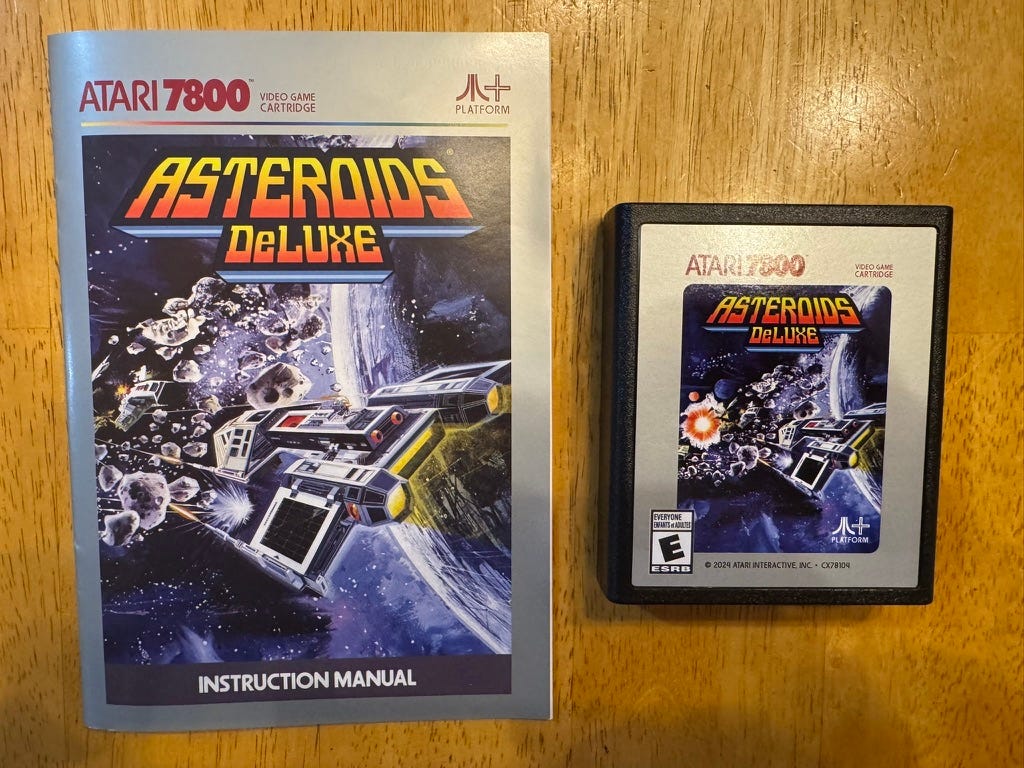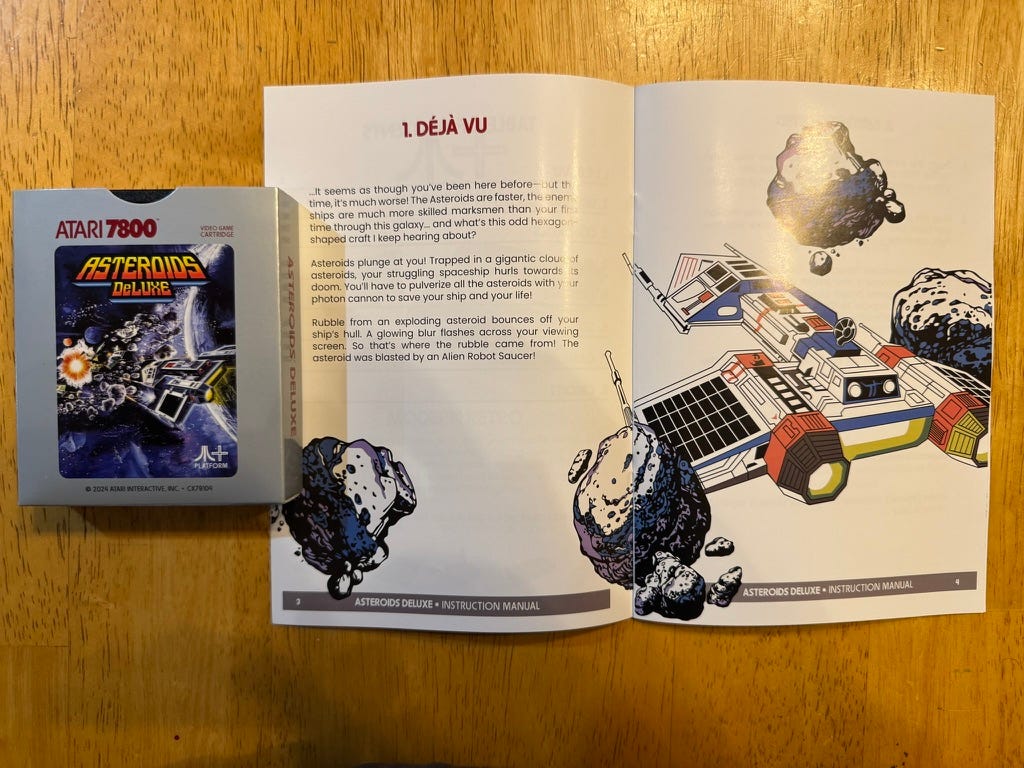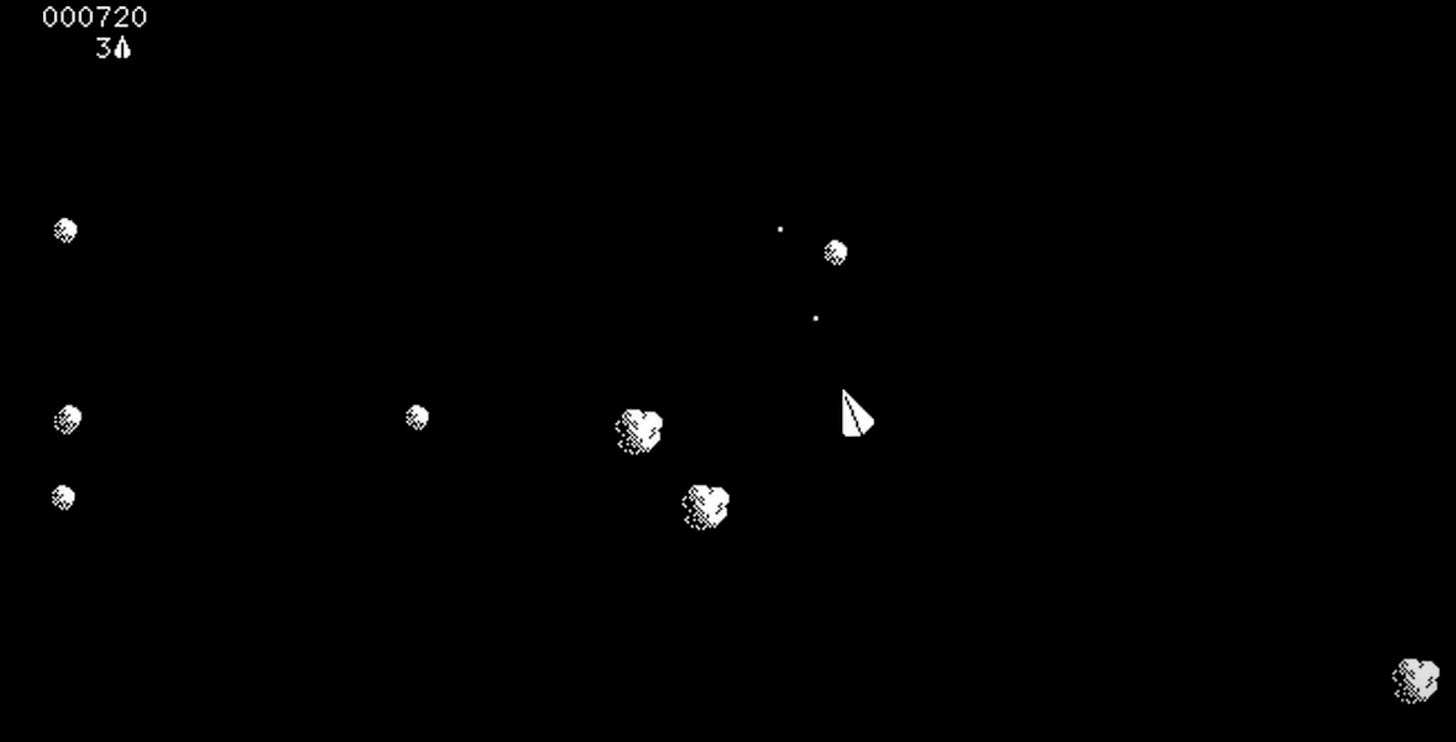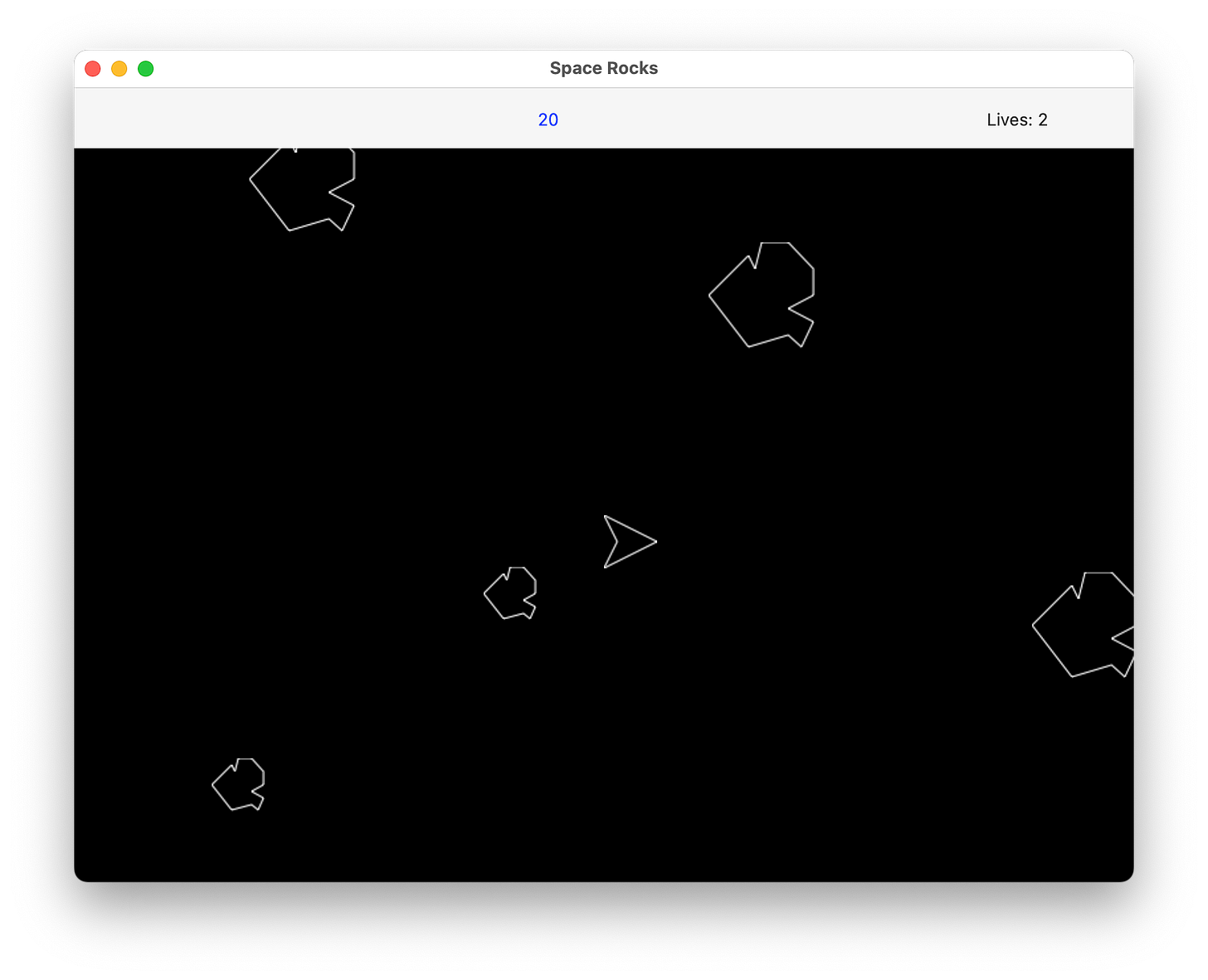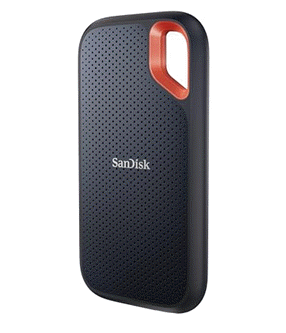2025-05-15 14:50:00
www.goto10retro.com
After the breakout success of Space Invaders in 1978, Atari was no longer the hot game maker. Sure, their games were popular, but they needed something that that could be the next “big thing”.
Space Invaders in 1978 and Star Wars in 1977 demonstrated that a sci-fi theme was probably the way to go. In April 1979, Asteroids was conceived and co-designed by Lyle Rains and Ed Logg. The premise of the game was supposedly suggested by Lyle Rains in a conversation with Ed Logg while working on another game:
“Well, why don’t we have a game where you shoot the rocks and blow them up?”
The simplicity of that statement is pure genius!
However, the Asteroids gameplay was not all that simple. Unlike Space Invaders, where you just had to move left and right and shoot upwards while dodging missiles from the aliens, Asteroids was much more complex. Your spaceship could move around the entire screen by applying thrust and had a little bit of inertia after the thrust stopped. The ship could also spin around 360 degrees to shoot in any direction. The asteroids started each screen by mostly moving up and down, but they could ricochet in other directions as they were shot. At least they didn’t shoot back, but for added difficulty, asteroids broke into more and smaller pieces (that moved more quickly) as they were shot. Like Space Invaders, there was also a UFO that could cause trouble (and shoot at you), but the one in Asteroids could go anywhere on the screen. There were lots of things to keep track of when playing Asteroids!
Also similar to Space Invaders, Asteroids had a background sound to raise the tension. In this case it was a sort of “heartbeat” tone.
Unlike most games of the time, which used raster graphics, Asteroids used vector graphics, an inspiring choice (and one that was used for one of the first arcade games: Spacewar!). Using vector graphics allowed for a higher resolution with better accuracy for the shooting. Plus, I think the glowing effect of vector graphics works well for space games. Atari would go on to create many other popular games using vector graphics, including Star Wars: The Arcade Game, BattleZone and Tempest.
I was never all that good at arcade Asteroids. I think it was the controls. Rather than using a joystick, Asteroids used buttons for all it controls. There was “rotate left”, “rotate right”, “thrust”, “fire” and “hyperspace”. That many buttons really messes with me!
I would have much rather had a joystick to handle the rotation, which is what inevitably happened with the home ports.
Asteroids was available in a typical arcade cabinet, but my favorite was the cocktail table version. A local variety store had one of those tucked in the corner and I remember my friend and I often biking over there to play. Our stash of quarter came from collecting the 5 cent deposit from bottles we would find lying around outside.
Later Atari did release Asteroids Deluxe, which might have been the cocktail game I remember from that store. Along with some other minor improvements, this version replaced the hyperspace button with a shields button which I preferred.
Asteroids was released in late 1979, although I only saw it later in 1980. It became Atari’s best selling game with over 70,000 units sold.
In 1980, Atari released Asteroids for the 2600 (or VCS as it was called then). Like many 2600 home ports, it didn’t really look much like the arcade game, but it did have the main gameplay elements.
The 2600 version used color graphics and was much blockier. The sounds were also somewhat different. I absolutely loved Asteroids on the 2600 and it was one of my most-played games. My thumb would go numb from spending so much time blasting asteroids!
The Atari 7800 has a version of Asteroids, which I have not played. It had better graphics than the 2600 version, of course, but otherwise similar gameplay.
I recently purchased Asteroids Deluxe for the Atari 7800, which is newer having come out at some point in the 2000s. This version of the game uses outlines in an attempt to simulate the vector graphics of the original. Given the limited resolution of the 7800, I’m not sure it works well.
Since I bought this game new, it is one of the few I have with a box and instructions! Even though the graphics are not great, it plays OK on my Atari 7800+. I found it very fast-paced and the thrust was especially touchy. It is fun, though.
There are countless versions of Asteriods.
The Atari 8-bit computers of course had a version of Asteroids, introduced in 1981. It looks a lot like the Atari 2600 version to my eyes. It was programmed by Todd Frye who is also known for creating Atari 2600 Pac-Man.
I don’t think the Atari ST had an official version of Asteroids, but there were clones. One of my favorites is Megaroids, a public-domain clone whose source code came with the Megamax C compiler. It is a well-done clone which works in ST low, medium and high resolutions.
I’m sure there were plenty of versions for other computers as well. Share your favorite version of Asteroids in the comments!
Because I love Asteroids so much, I also created my own version (Space Rocks) using Xojo. I also went with simulated vector graphics. My version supports thrust, shooting and the asteroids break apart when shot. It does not have hyperspace, shields or the UFO. The asteroids are also rather large, making it surprisingly tricky to play, especially since it only has keyboard controls at the moment.
You can grab Space Rocks from GitHub and run it using the free version of Xojo.
Keep your files stored safely and securely with the SanDisk 2TB Extreme Portable SSD. With over 69,505 ratings and an impressive 4.6 out of 5 stars, this product has been purchased over 8K+ times in the past month. At only $129.99, this Amazon’s Choice product is a must-have for secure file storage.
Help keep private content private with the included password protection featuring 256-bit AES hardware encryption. Order now for just $129.99 on Amazon!
Help Power Techcratic’s Future – Scan To Support
If Techcratic’s content and insights have helped you, consider giving back by supporting the platform with crypto. Every contribution makes a difference, whether it’s for high-quality content, server maintenance, or future updates. Techcratic is constantly evolving, and your support helps drive that progress.
As a solo operator who wears all the hats, creating content, managing the tech, and running the site, your support allows me to stay focused on delivering valuable resources. Your support keeps everything running smoothly and enables me to continue creating the content you love. I’m deeply grateful for your support, it truly means the world to me! Thank you!
|
BITCOIN
bc1qlszw7elx2qahjwvaryh0tkgg8y68enw30gpvge Scan the QR code with your crypto wallet app |
|
DOGECOIN
D64GwvvYQxFXYyan3oQCrmWfidf6T3JpBA Scan the QR code with your crypto wallet app |
|
ETHEREUM
0xe9BC980DF3d985730dA827996B43E4A62CCBAA7a Scan the QR code with your crypto wallet app |
Please read the Privacy and Security Disclaimer on how Techcratic handles your support.
Disclaimer: As an Amazon Associate, Techcratic may earn from qualifying purchases.







































